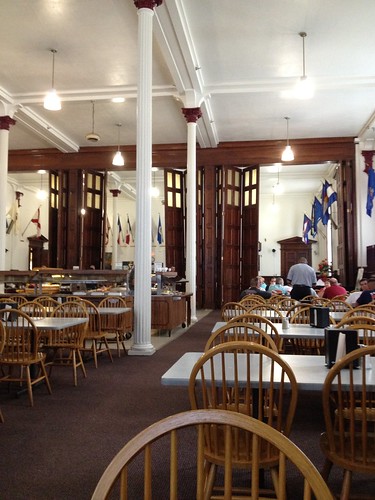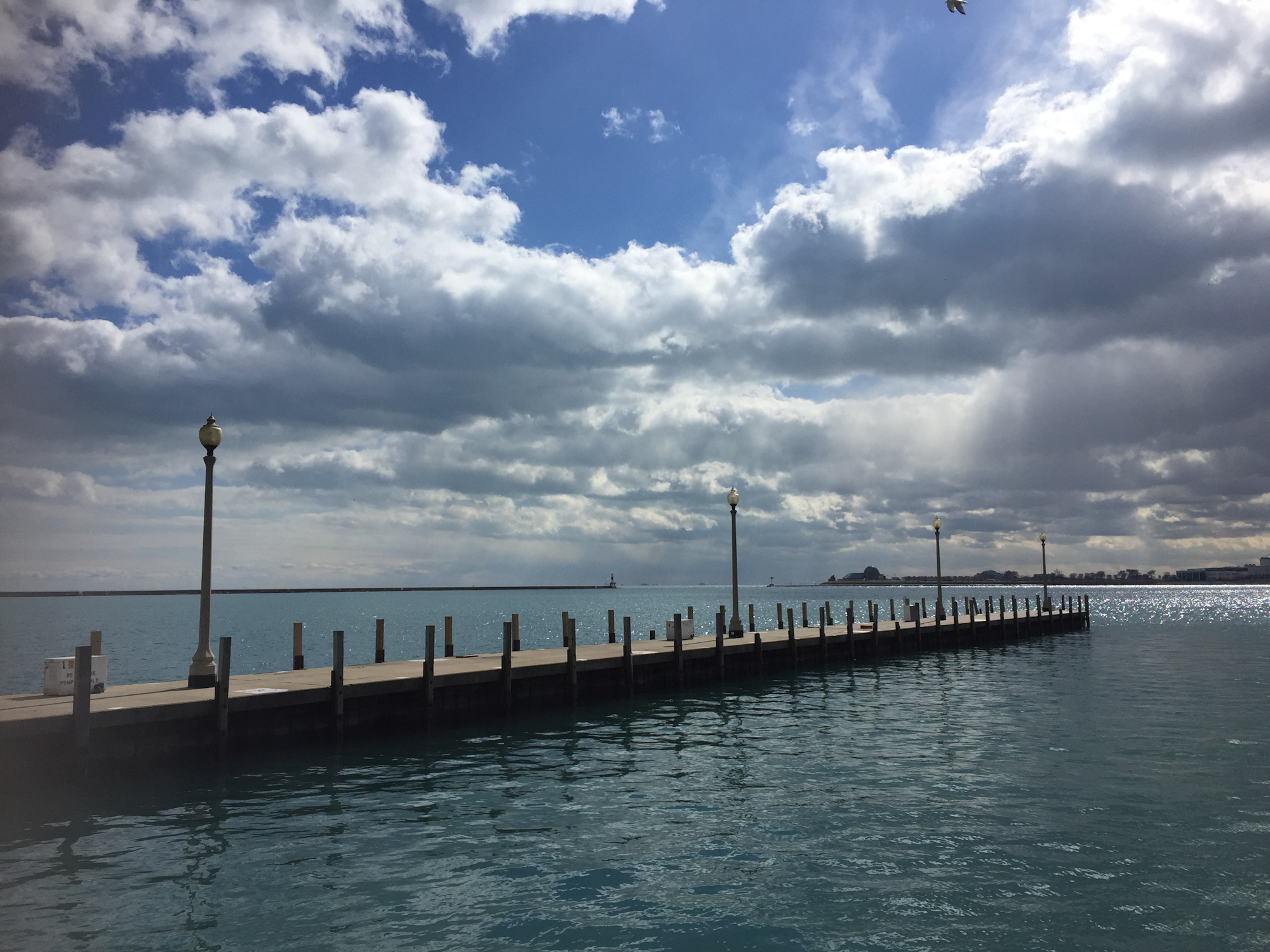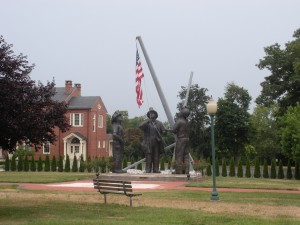Last year a neighboring community applied for a grant to attend a week-long class – E930: Community Specific Integrated Emergency Management Course – at the Emergency Management Institute (EMI) in Emmitsburg, Maryland. After hearing they received the grant, they invited other agencies to attend with them. Fortunately I was one of the people invited and attended the class last July with a group of about 60 people from at least five local governments, the Salvation Army, the Red Cross, and our local 911 center staff. I was so impressed by the facility that I figured I would share my experience so that others can find out about this amazing training opportunity and take advantage of it themselves.
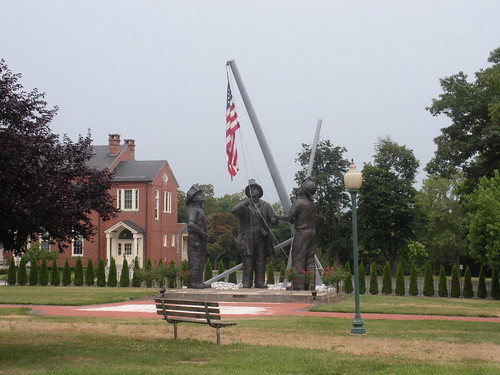
Fortunately for our group, the grant paid for almost all the travel and training expenses. We left on a Sunday and flew to Washington, D.C. Then we were picked up and driven by bus to the campus. EMI is located about an hour away from Washington, D.C., on the campus of the former St. Joseph College. The property was purchased by the Federal Emergency Management Agency (FEMA) in 1979 to serve as the National Emergency Training Center (NETC). EMI is located on this campus along with the United States Fire Administration (USFA) and the National Fire Academy (NFA).
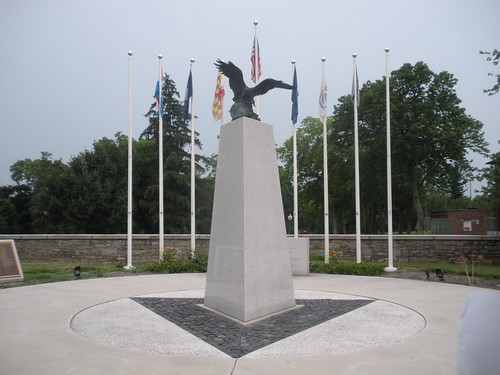
One of the greatest resources I discovered on the campus is the NETC Learning Resource Center or the library (see photo below). It's a great national treasure of emergency response information that I don't think many people know about. While I was on campus, I had the chance to spend a couple nights reading through several books on local government planning, emergency response, and the history of specific disasters. The good news is that you don't even have to go to EMI to access all their resources. The people there explained to me that anyone can request these publications by going to their own community library and asking to check them out through an interlibrary loan. To find what they have on a specific topic, you can use their WorldCat search tool. For example, I typed in chicago fire and found they have 526 publications related to that disaster. They also told me that they can perform research for you if you need to collect all the information related to a specific disaster.

Another interesting aspect of training at the EMI is that you stay on campus in their dormitories throughout your course. Of course, it's not the Hilton, but the rooms are very nice and comfortable and clean. There are public areas throughout the residential buildings where students can meet and hang out. Students are also provided all three meals at a cafeteria on campus. But the building and food is not what you would normally think of when you hear the word cafeteria. Instead, we ate in a spacious room with wood-paneled doors and accents and large wood tables (see photo at end of this post). And the food was always very good with a wide selection of all the food groups at each meal. But if students got tired of eating with everyone each night, they could also choose to walk into the town of Emmitsburg to eat at one of the restaurants there. EMI also had a building on campus with a bar and recreational activities like pool. They also provide bicycles, and unfortunately for me, I didn't realize until my last night there they also provide fishing poles and tackle for anyone who wants to fish in the nearby creek shown in the photo below. If students want to work out, there is another building on campus with a swimming pool, exercise room, and running track.
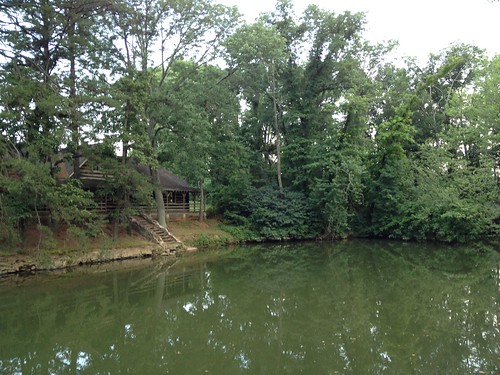
The specific class we attended was a type of course customized for the community receiving the grant. It was a combination of in-class instruction and hands-on simulation. The first day included an introduction then a quick background on ICS and the EOC. I imagine that most people coming to these classes are already familiar with these concepts since most of us are required to take the classes introducing these concepts. The rest of the day included classes about public information and warning, management of an emergency program, fire services, and law enforcement. We ended that day with a short exercise.
The next day included classes about medical services during an emergency, management of the EOC, policy level decision making, and public works. That day also concluded with an exercise.
On the third day we had a great talk from Dr. Jeff Lating about stress management. This was followed up by mass care information and damage assessments. Then we worked on another exercise in preparation for the final day where we would simulate handling an actual disaster.
Finally on the last day, we started with a quick talk about documentation and then began our exercise. We had been split up into groups with some of us in different sections of the EOC such as logistics and planning and operations and others in a policy group. The simulated disaster was a tornado that hit during a major event although micro-disasters were launched at us throughout the simulation such as sewage overflows, water main breaks, active shooters, accidents, and visits from high-ranking elected officials.
After a full week of classes and learning, we finished up with a cook-out and left on Friday to return home. One of the benefits of training in this manner is that it allows everyone who normally works together in an agency to get away from the office and distractions and focus on what they need to learn. It also helps build relationships and understanding between participants which can be critical to sustaining staff performance during times of a disaster when they might be faced by sometimes overwhelming demands and stress.
The bottom line on EMI training is that it was one of the best courses I have ever taken. I was exposed to knowledge from industry experts who have experienced and managed disasters all over the country. The facility was excellent, well-run, and comfortable. And the cost was definitely affordable with the main cost to my employer being my time away. The EMI training is definitely a national resource that local agencies and emergency response personnel should take advantage of. Make sure to check out their course selections and subscribe to their feed to get any updates. And if anyone out there has already attended a class at EMI, I'd be interested in hearing your own thoughts and experiences.
